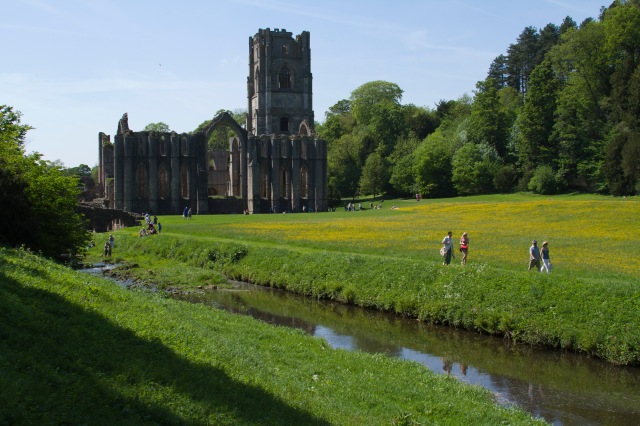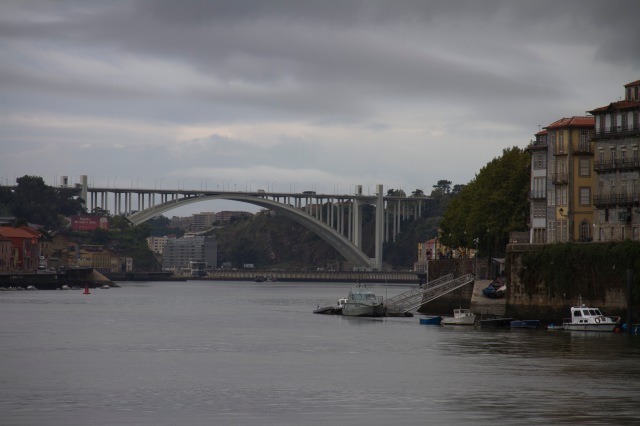Images of people are littered all over the Internet and throughout society, for example on social networks, for identification purposes, and to document. Bate (2009, p. 67) summarises these pictures of people as:
a shorthand description of a person.
In a fast-paced world a person’s image maybe the one chance they have to express their identity, to stand out from the crowd. Bate (2009) refers to portraits as being semiotic events, that we can gain a lot of information about a person from how they appear in the frame. Profile pictures on Facebook are a prime example of individuals wanting their ‘friends’ to connect with an image of their self which portrays them most accurately and at their best. A desire which has continued throughout the history of portraiture. A view supported by John Tagg who stated:
the centrality of the portrait is as a sign whose purpose is both the description of an individual and the inscription of social identity.
Daguerreotypomania marked the being of portrait photography in France. 9000 cameras were sold in the first 3 months, after Daguerre’s public announcement in 1839 of his invention of the daguerreotype (Angier, 2007, p. 79).

La daguerreotypomanie by Theodore Maurisset.
French cartoon about the rush to try photography after Louis Jacques Mandé Daguerre revealed his process in 1839.
Before the daguerreotype the only way someone could have their portrait produced was by being painted. To have your portrait painted was a luxury only the wealthy could afford. However the ‘photographic revolution’ of the nineteenth century meant that it was no longer a privilege to have your picture reproduced. Photography was a much quicker and cheaper method of making a portrait of someone. John Tagg defined this as the:
democracy of the image.
Tagg (1988) also believed that the main purpose of a portrait is both to describe the individual being photographed and to inscribe their social identity (Bate, 2009, p. 69). At last those lower down the ladder of society had an opportunity to express themselves and regain their identity. Despite the long exposure time, it was worth the wait, due to the extremely fine details that the daguerreotype manufactured.
Unfortunately not everyone was as easily impressed with this new advancement in image making, believing it to be just a mechanical act of transcription, which involved very little imagination. The photographer was merely a technician, The poet Charles Baudelaire was among this disillusioned group, who complained that:
our loathsome society rushed, like Narcissus, to contemplate its trivial image on the metallic plate. A form of lunacy, an extraordinary fanaticism, took hold of these new sun worshippers.
Charles Baudelaire (1955, p. 228)
In order to adopt this new ‘photography’ concept, photographers relied on the constructs used in painted portraiture. For example:
French photographer Nadar combined the existing formal rules of aristocratic portrait painting with the intimacy of the daguerreotype.
(Bate, 2009, p. 69)
Meanwhile photography also influenced those who continued to paint portraits, for example:
…the hand used to prop up the face to stop it moving in early photography became a conventional pose in portrait painting too, as a considered or thoughtful look.
(Bate, 2009, p. 69)
As photographic craze ensued, so did the development of the technology that went with it., and where photographs were taken. Angier (2007, p. 79) supports this by claiming that:
This rapid advance in the development of the new technology, fuelled by the public’s hunger for images of themselves, led to an equally rapid proliferation of commercial portrait studios.
Portrait studios were practical, with room to store the necessary chemicals, and convenient for clients to visit. Props were also able to be stored for use in portraits, making the commercial studio a place where social identity was a kind of performance for the camera. Bate (2009, 70) expands on this by explaining that:
To be pictured holding a learned book, or photographed in front of the backdrop of a stately home, revealed the aspirations of the sitter more than their actual status.
Stephen Bull (2009, p. 7) attributed this aspirational desire to the new middle-class (a product of the Industrial Revolution) wanting to ‘record what they looked like…and to see pictures of their peers in order to measure up to them’. This would be similar to the profile pictures on todays Facebook accounts, displaying a person’s public persona to the rest of their social network. This image will show how it’s subject wants to be best represented.
The public appetite for consuming more and more photography was a stimulus for refining and advancing the technology used. Andre-Adolphe-Eugene Disderi realised there could be a demand for a portable, smaller version of portraits. He invented the carte-de-visite in the 1850s. It was a pocket-sized calling card, which was cheap to produce compared to whole plate portraits. The cameras had several lenses to enable more photographs to be exposed onto one plate.

Charles Dickens carte-de-visite [Source: Bridgeman Education]
Meanwhile across the English Channel, an amateur scientist and botanist, William Henry Fox Talbot, was using a camera lucida to record the landscapes and plant life that he saw whilst travelling. A camera lucida contained a prism which enabled the viewer to see both what was in front of them and the surface they were drawing on at the same time. However, Talbot became increasingly frustrated with the amount of time it took to trace the images he wanted (Bull, 2009, p. 7). So, in a similar fashion to Niepce and Daguerre, he experimented with coating surfaces with light-sensitive chemical compounds. Talbot used silver halide to permanently ‘fix’ the image projected into his camera obscura to produce a fixed image. The resulting tonal values of the image, or ‘calotype’, were reversed, creating what we would consider to be a negative. By exposing another sensitised sheet over the negative, the photographer was able to develop an image that lacked the hard-edged precision of daguerreotypes (Badger, 2008). Therefore Talbot’s calotype had a distinct advantage over the daguerreotype in that the negative could be used to develop multiple copies, whereas Daguerre’s process confined the image to the plate it was exposed on to. Unfortunately for Talbot, he was reluctant to share his discovery as freely as Daguerre, who gifted the patent to his process to the french government.
![William Henry Fox Talbot discovers photographic printing [Source: Bridgeman Education]](https://mydigitaleye.files.wordpress.com/2013/05/fox-talbot-discovers-photo-printing.jpg?w=640)
William Henry Fox Talbot discovers photographic printing [Source: Bridgeman Education]
Although Talbot’s technique produced images that lacked the fine detail of a daguerreotype, he eventually improved the process in 1851 by using glass as a support in the wet collodion process. Consequently Talbot’s invention became the preferred method for portrait photographers, because it enabled multiple copies of a negative to be developed, ending the daguerreotype as the popular choice for portraiture.
References:
Books
Angier, R. (2007) Train Your Gaze: The Theory and Practice of the Contemporary Portrait. Switzerland: AVA Publishing.
Badger, G. (2008) The Genius of Photography. London: Quadrille Publishing.
Bate, D.(2009) Photography (Key Concepts). Oxford: Berg.
Baudelaire, C. (1955) “The Salon of 1859”, in The Mirror of Art (translated by Jonathan Mayne). Phaidon Press.
Bull, S. (2009) Photography. Oxford: Routledge.
Tagg, J. (1988) The Burden of Representation. Basingstoke: Macmillan.
Online Images
Maurisset, Theodore (1840) “La Daguerreotypomanie” (lithograph). [online image]. Library of Congress Prints and Photographs Division, Washington. Available from: http://www.loc.gov/pictures/item/2002722650/ [4/5/13]
McConnell, James Edwin (1903 – 1995) “Fox Talbot discovers photographic printing, 1962 (gouache on paper)”. [online image]. Private Collection. Available from: http://www.bridgemaneducation.com/ImageView.aspx?result=2&balid=289387 %5B4/5/13%5D.
Unknown English Photographer (? – 1900) “Charles Dickens (photo). [online image]. Private Collection. Available from: http://www.bridgemaneducation.com/ImageView.aspx?result=57&balid=611472 [4/5/13]




![William Henry Fox Talbot discovers photographic printing [Source: Bridgeman Education]](https://mydigitaleye.files.wordpress.com/2013/05/fox-talbot-discovers-photo-printing.jpg?w=640)



